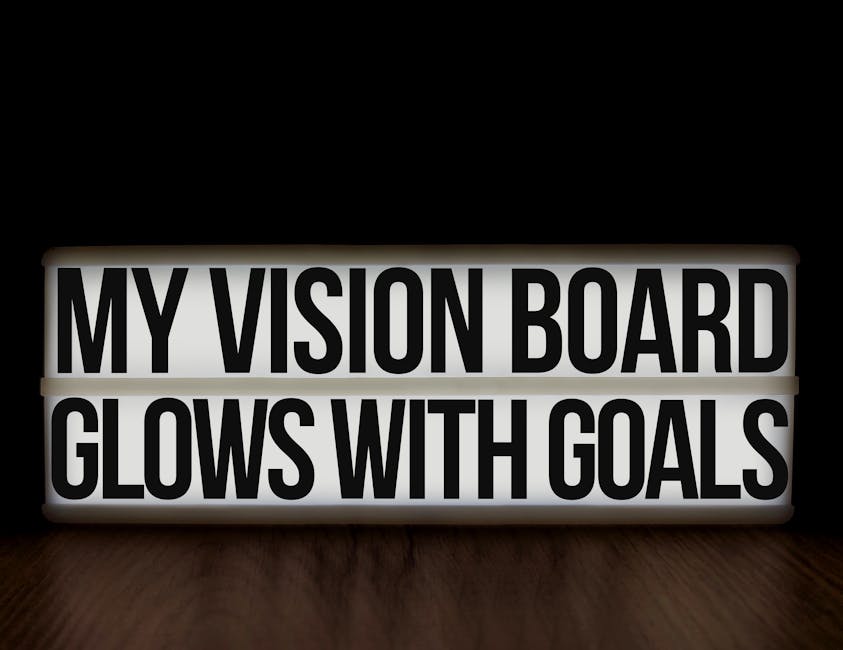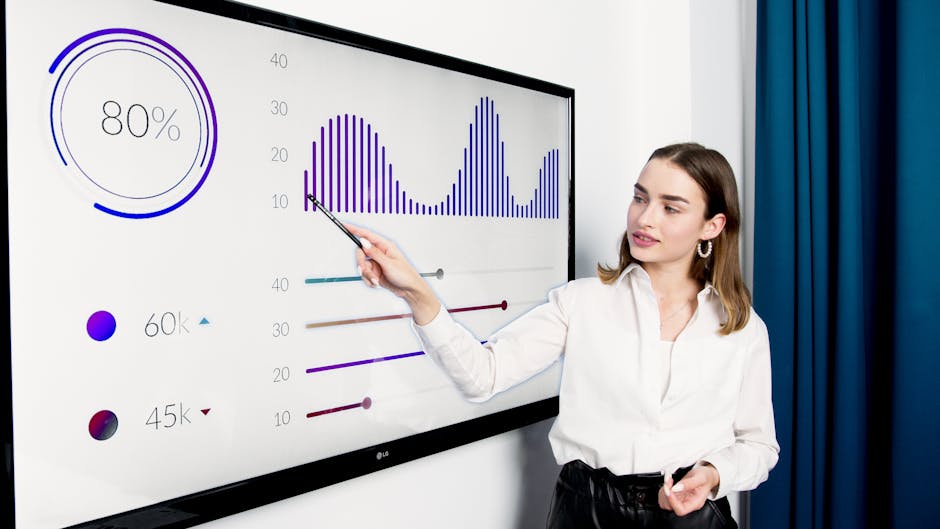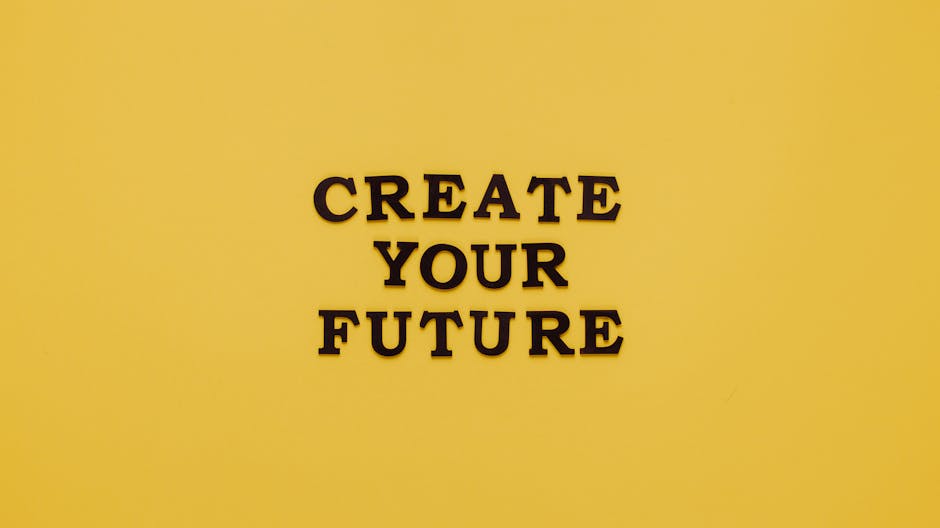What role does positive visualization play in achieving goals? Well, it’s like having a secret weapon in your mental toolbox. Imagine you’re an artist, and your mind is the canvas. Positive visualization is the brush that paints your dreams into reality. It’s a powerful technique that can transform your aspirations into tangible achievements. But why should you keep reading? Because understanding how to harness this tool can be the key to unlocking your potential and reaching your goals.
Key Takeaways
- Positive visualization is a mental technique that helps in achieving goals.
- It enhances motivation, focus, and mental well-being.
- Visualization clarifies objectives and aligns them with personal aspirations.
- It reduces stress and optimizes performance.
- Mastering visualization techniques can lead to personal development and goal setting.
Introduction to Positive Visualization
Definition of Positive Visualization
Positive visualization is the practice of creating vivid mental images of your desired outcomes. It’s like daydreaming with a purpose. Instead of just imagining random scenarios, you’re focusing on specific goals and picturing yourself achieving them. This technique taps into the power of your subconscious mind, helping you align your thoughts and actions with your objectives.
Importance in Goal Achievement
Why is positive visualization important for achieving goals? It’s because your mind is a powerful tool. When you visualize success, you’re essentially programming your brain to work towards that outcome. This mental rehearsal can boost your confidence, motivation, and determination. It’s like having a mental dress rehearsal for your dreams, making them feel more attainable and real.

Enhancing Motivation and Focus
Visualization as a Motivational Tool
Imagine you’re a runner preparing for a marathon. You close your eyes and picture yourself crossing the finish line, feeling the exhilaration of victory. This mental image fuels your motivation, pushing you to train harder and stay committed. Positive visualization acts as a motivational tool by creating a clear picture of success, making it easier to stay focused on your goals.
Improving Concentration and Focus
In a world full of distractions, maintaining focus can be challenging. Positive visualization helps improve concentration by providing a mental anchor. When you visualize your goals, you’re training your mind to concentrate on what’s important. It’s like having a mental GPS that keeps you on track, guiding you towards your destination.

Clarifying Objectives and Aspirations
Defining Clear Goals through Visualization
Setting clear goals is crucial for success, but sometimes it’s hard to know where to start. Positive visualization can help you define your objectives by allowing you to explore different scenarios in your mind. By visualizing various outcomes, you can gain clarity on what you truly want and create a roadmap to achieve it. It’s like having a mental brainstorming session that helps you refine your goals.
Aligning Visualization with Personal Aspirations
Your aspirations are like the North Star, guiding you towards your dreams. Positive visualization helps align your mental images with your personal aspirations, ensuring that your goals are in harmony with your values and desires. This alignment creates a sense of purpose and direction, making it easier to stay committed to your journey.

Boosting Mental Well-being and Resilience
Increasing Positive Thoughts
Positive visualization is like a mental sunshine that brightens your thoughts. By focusing on positive outcomes, you’re training your mind to think optimistically. This shift in mindset can boost your mental well-being, reducing stress and anxiety. It’s like planting seeds of positivity in your mind, allowing them to grow and flourish.
Building Mental Resilience
Life is full of challenges, but positive visualization can help you build mental resilience. By visualizing yourself overcoming obstacles, you’re preparing your mind to face adversity with confidence. This mental rehearsal strengthens your resilience, making it easier to bounce back from setbacks and keep moving forward.

Optimizing Performance and Skill Enhancement
Visualization for Skill Improvement
Whether you’re an athlete, musician, or student, visualization can enhance your skills. By mentally rehearsing your performance, you’re reinforcing neural pathways in your brain, improving your abilities. It’s like practicing without physically doing it, allowing you to refine your skills and boost your performance.
Application in Various Areas
Positive visualization isn’t limited to a specific field; it can be applied to various areas of life. From sports to academics to career goals, visualization can help you achieve success in any domain. It’s a versatile tool that can be tailored to your unique needs and aspirations.

Stress Reduction and Relaxation
Visualization Techniques for Stress Relief
Stress is a common part of life, but positive visualization can help you manage it. By visualizing calming scenes or peaceful outcomes, you’re creating a mental escape from stressors. This technique can help you relax and recharge, reducing the impact of stress on your mind and body.
Achieving a Relaxed State for Goal Pursuit
When you’re relaxed, you’re better equipped to pursue your goals. Positive visualization can help you achieve a relaxed state by calming your mind and reducing tension. This mental relaxation creates a conducive environment for goal pursuit, allowing you to focus on your objectives with clarity and determination.

Mastering Visualization Techniques
Creating Vision Boards
Vision boards are a popular visualization tool that helps you bring your goals to life. By creating a collage of images and words that represent your aspirations, you’re creating a visual reminder of your dreams. This tangible representation of your goals can serve as a powerful motivator, keeping you focused and inspired.
Guided Visualization Meditations
Guided visualization meditations are another effective technique for mastering positive visualization. These meditations involve listening to a guided script that takes you through a mental journey, helping you visualize your goals in detail. This practice can enhance your visualization skills and deepen your connection to your aspirations.
Understanding the Science Behind Visualization
Psychological Basis of Visualization
The science behind positive visualization is rooted in psychology. When you visualize success, your brain activates the same neural pathways as if you were actually experiencing it. This mental rehearsal strengthens your brain’s connection to your goals, making them feel more attainable and real.
Impact on Personal Development and Goal Setting
Positive visualization has a profound impact on personal development and goal setting. By mentally rehearsing your goals, you’re reinforcing your commitment to them. This practice can boost your confidence, motivation, and determination, helping you achieve your aspirations.

Conclusion
Recap of Benefits
Positive visualization is a powerful tool that can transform your dreams into reality. By enhancing motivation, focus, and mental well-being, it helps you achieve your goals with confidence and determination. This technique clarifies your objectives, aligns them with your aspirations, and reduces stress, creating a conducive environment for success.
Encouragement to Practice Visualization Techniques
Now that you understand the role of positive visualization in achieving goals, it’s time to put it into practice. Start by incorporating visualization techniques into your daily routine, and watch as your dreams come to life. Remember, the power to achieve your goals lies within your mind. So, grab your mental brush and start painting your path to success.
For more insights on visualizing success, check out this article on the power of visualization. You can also explore the benefits of setting realistic goals to enhance your goal-setting journey.
Unlocking Success: FAQ on the Role of Positive Visualization in Achieving Goals
What is positive visualization?
Positive visualization is a mental technique where individuals create vivid, positive images of their goals and desired outcomes. This practice involves imagining the successful completion of tasks or the achievement of goals, which can enhance motivation and focus.
How does positive visualization help in achieving goals?
Positive visualization helps by creating a mental blueprint of success, which can increase confidence and motivation. By visualizing success, individuals can mentally rehearse the steps needed to achieve their goals, making them more prepared and less anxious when taking real-world actions.
Can positive visualization improve performance?
Yes, positive visualization can improve performance by enhancing mental preparedness and reducing stress. Athletes, for example, often use visualization techniques to mentally practice their routines, which can lead to improved performance during actual events.
Is there scientific evidence supporting positive visualization?
Research in psychology and neuroscience supports the effectiveness of positive visualization. Studies have shown that visualization can activate similar brain regions as actual physical practice, suggesting that mental rehearsal can contribute to skill development and goal achievement.
How can I start practicing positive visualization?
To start practicing positive visualization, find a quiet space and close your eyes. Visualize your goal in detail, including the steps needed to achieve it and the emotions you’ll feel upon success. Regular practice can enhance the effectiveness of this technique.
Are there any common mistakes to avoid with positive visualization?
A common mistake is focusing solely on the end result without considering the process. It’s important to visualize not just the outcome but also the steps and efforts required to achieve it. Additionally, maintaining a realistic perspective is crucial to avoid disappointment.
Can positive visualization be used for any type of goal?
Yes, positive visualization can be applied to a wide range of goals, from personal development and career aspirations to sports and academic achievements. The key is to tailor the visualization to the specific goal and context for maximum effectiveness.
How often should I practice positive visualization?
Consistency is key. Practicing positive visualization daily or several times a week can reinforce the mental images and strengthen your motivation and confidence. The frequency can be adjusted based on personal preference and the complexity of the goal.
What are the benefits of combining positive visualization with other goal-setting techniques?
Combining positive visualization with techniques like goal-setting, planning, and self-reflection can create a comprehensive approach to achieving goals. Visualization enhances motivation, while other techniques provide structure and accountability, leading to a more effective goal achievement strategy.
Can positive visualization replace actual practice or effort?
No, positive visualization should complement, not replace, actual practice and effort. While visualization can enhance mental readiness and motivation, achieving goals still requires tangible actions and consistent effort in the real world.



